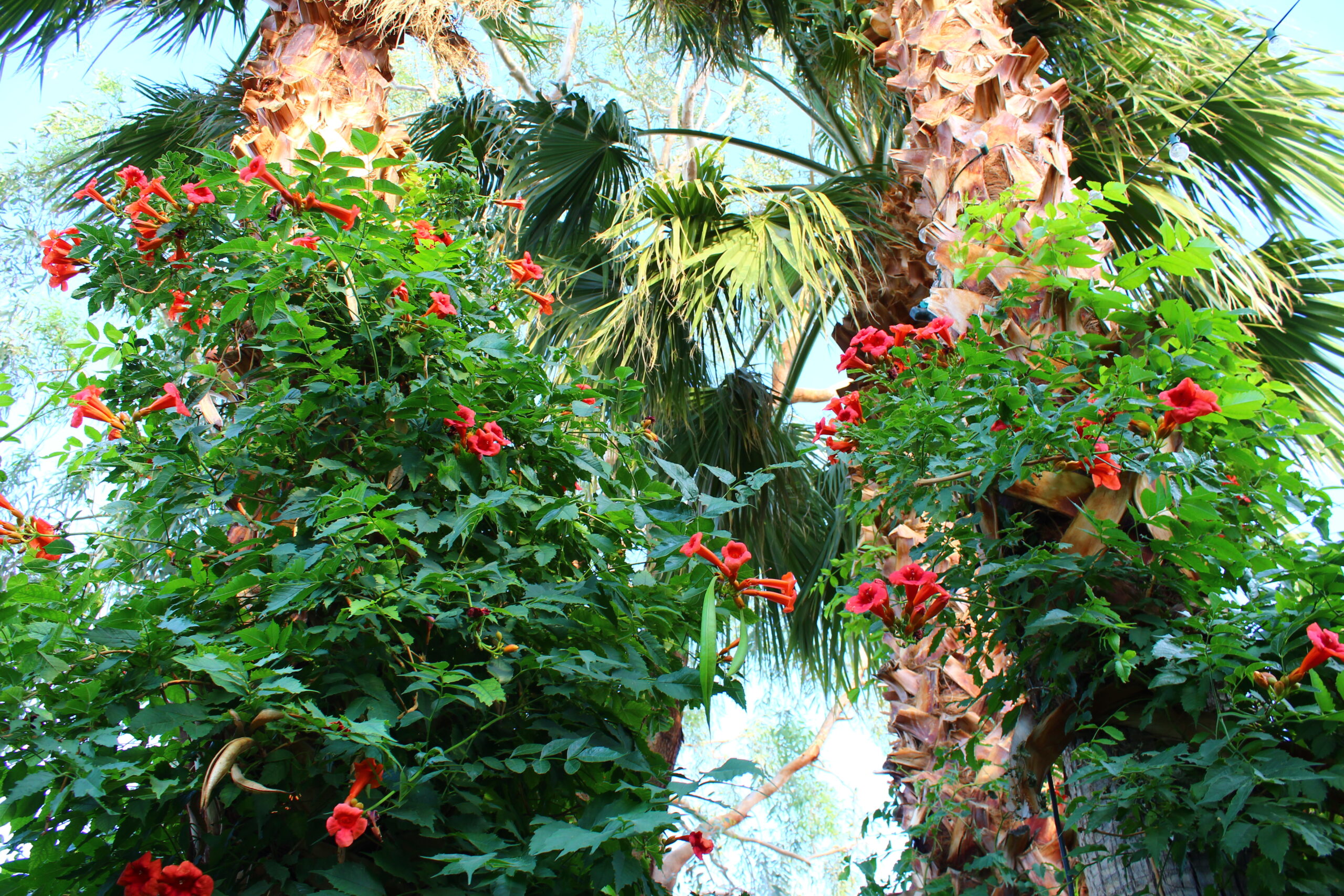Desert summers can be brutal on plants, with scorching temperatures, low humidity, and intense sunlight. However, with the right care and techniques, you can help your plants not just survive but thrive in these challenging conditions. Here are some essential tips to keep your plants healthy during the summer.
1. Choose the Right Plants
Not all plants are suited for desert climates. Opt for drought-tolerant and native plants, which are naturally adapted to the extreme conditions. Some excellent choices include:
– Succulents: Such as cacti, aloe vera, and agave.
– Desert perennials: Like yucca, desert marigold, and desert globe mallow.
– Shrubs: Such as sage, bottlebrush, and germander.
2. Water Wisely
Efficient watering is crucial for plant health in the desert.
– Deep watering: Water your plants deeply but less frequently. This encourages roots to grow deeper, making them more resilient to heat and drought.
– Early morning or late evening: Water your plants during the cooler parts of the day to reduce evaporation and allow the soil to absorb moisture effectively.
– Drip irrigation: Use drip irrigation systems or soaker hoses to deliver water directly to the roots, minimizing water loss and keeping foliage dry, which helps prevent diseases.
3. Mulch, Mulch, Mulch
Mulching is an effective way to retain soil moisture and regulate temperature.
– Organic mulch: Use organic mulches like wood chips, straw, or compost. These not only retain moisture but also enrich the soil as they decompose.
– Inorganic mulch: Gravel or pebbles can also be effective, especially around succulents and cacti, as they reflect sunlight and reduce evaporation.
4. Provide Shade
Protecting your plants from the harsh midday sun can prevent sunburn and excessive water loss.
– Natural shade: Plant taller plants or trees strategically to provide shade for smaller, more vulnerable plants.
5. Fertilize Appropriately
Plants in desert climates need nutrients to stay healthy, but too much fertilizer can harm them.
– Slow-release fertilizers: Use slow-release fertilizers like Deep-Root Fertilization to provide a steady supply of nutrients without overwhelming the plants.
6. Pruning and Maintenance
Regular maintenance helps plants stay healthy and resilient.
– Pruning: Remove dead or damaged growth to encourage new growth and improve air circulation.
– Pest control: Keep an eye out for pests and diseases. Early intervention can prevent minor issues from becoming major problems.
7. Regular Monitoring
Consistent monitoring helps you catch potential problems early.
– Daily checks: Check your plants daily for signs of stress, such as wilting, discoloration, or pests.
– Adjust care: Be ready to adjust your care routine based on the weather and your plants’ needs.
Conclusion
Keeping plants healthy during the summer requires a combination of selecting the right plants, providing adequate water and shade, maintaining healthy soil, and regular monitoring. By following these tips, you can create a thriving garden oasis even in the hottest, driest conditions. Remember, the key is to understand your plants’ needs and adapt your care routine to meet the challenges of the desert climate. And as always Mauri Landscapes is here to help you meet our desert challenges head-on!








